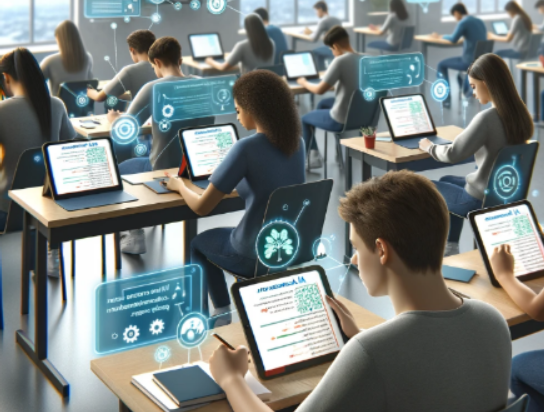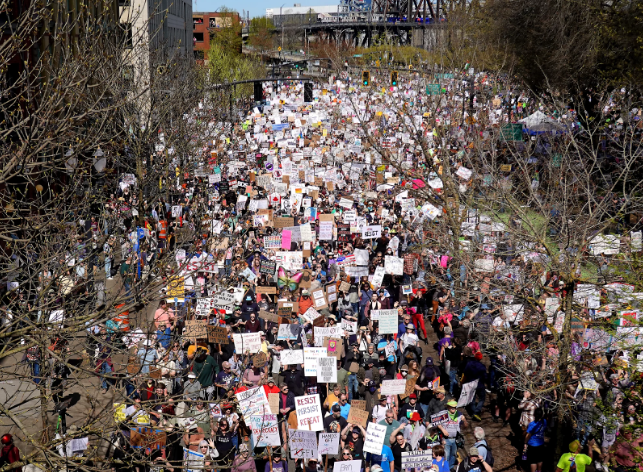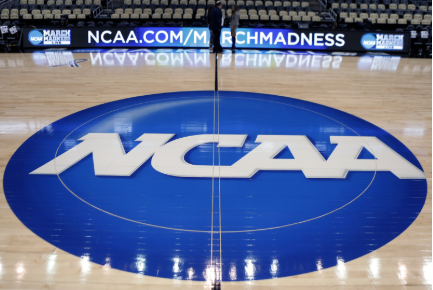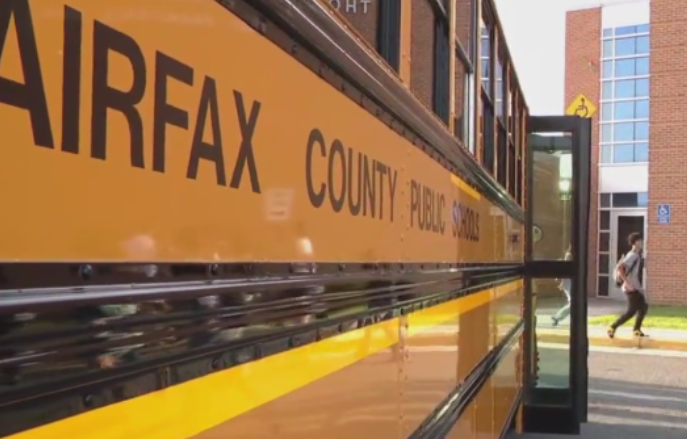Generative artificial intelligence (AI) programs are being implemented in classrooms across the country with hopes of improving learning. With AI becoming increasingly common in everyday life, educators must face the reality that AI can impact the field of education.
Generative AI is a form of artificial intelligence that can produce unique audio, videos, images, and writing. Some examples include ChatGPT, Google Bard, and Claude.
In the classroom, teachers use AI in a multitude of applications. AI can create lesson plans, quizzes, and worksheets for teachers.
“I mainly used AI in the form of worksheet creation when I was crunched for time,” English teacher Mr. Lucibello said.
In this application, the AI is similar to a personal assistant, completing simple tasks, instead of making the teacher feel like their jobs are at risk.
“I want the AI to help me really quickly and easily see what my students need in their learning journey,” Sarah Hampton was quoted in the document “Artificial Intelligence and the Future of Teaching and Learning” by the Office of Educational Technology.
Generative AI can be used as a tool by teachers to assess where their students are academically. By speeding up certain processes, teachers have more time to focus on bigger classroom projects.
Still, there are roadblocks to AI’s use when teaching. For example, in FCPS teachers aren’t allowed to use AI to grade students’ work. This is because AI would be using students’ personal information, which is a major concern when it comes to data collection.
For students, AI programs can provide tutoring services and extra work for those who need specialized help or are struggling with a specific concept. AI can be tailored to what the student prefers and how the student learns best.
“It would be according to your learning preferences.” Omilara Badou, a 10th grader said when asked about AI.
By offering help to students in a way that works for them, AI has the potential to assist students in a way that may not be possible in a traditional classroom.
In some public schools across America, Artificial Intelligence is being slowly added into the curriculum. In an LA public school, an AI program called Ed was tested. Ed was able to provide information on things like lunch menus and tutoring services. However, this program ran into financial problems and issues regarding student data collection emerged. As a result of these issues, Ed was discontinued until further notice.
Private schools have a bigger budget and more resources to use on Artificial Intelligence. Alpha Private School is a school in Austin, Texas where AI is used as a primary source of education. Students spend 2 hours with the AI program where they learn with personalized quizzes and lectures, going at their own pace. The last 6 hours are spent with teachers where students learn important life skills like building furniture and filling out college application essays.
With all the positive aspects come negative ones as well. Some issues with generative AI are that students would be spending more time isolated from their classmates as they work with the AI, which is already an issue with social media use. Cheating is another concern when using AI, with the potential for students to misuse it to complete schoolwork.
“I think some classmates might abuse AI to cheat, but I wouldn’t.” Student Omilara added.
As AI continues to influence life in the modern world, its use in an educational setting is becoming increasingly mainstream. With both public and private schools beginning to use generative AI programs to assist learning, it is currently unclear what education will look like in the future.



















